How did you come to apply Montessori techniques, which have been mainly used with preschoolers and older children, to people with Alzheimer's?
Tom and Karen Brenner: When we were working with elders in person-centered care programs and teaching young children in Montessori schools, it occurred to us that there was a lot of overlap in our work. For example, the prepared environment is very important to both populations. The environment should fit the needs of the people using it. Montessori also teaches us to use natural materials and to bring nature (plants and animals) into the classroom and the care home.
Dr. Montessori also believed in finding and building on the strengths of each person. This is vital when working with elders who are losing cognitive and physical abilities: We find the spared abilities and remaining strengths of each person living with dementia and build a care program around this information.
What's the goal of this work?
T&KB: We have three major goals in our work:
The first goal is to change the conversation about dementia from despair to hope.
Our second goal is share the stories and wisdom that we have found in the elders living with dementia.
The third goal is to help caregivers learn how to communicate and stay engaged with the people they care for by using the Montessori principles and techniques that we teach.
How does your work compare with that of Cameron Camp, the psychologist who has pioneered Montessori-based interventions for people with dementia?
T&KB: Our memory-support program dovetails with most person-centered approaches. We use many of the Montessori materials as prototypes to teach care staff and family members the principles and important aspects of the Montessori Method in positive dementia care. We nurture creativity and imagination in people who are living with dementia and their caregivers. We do this by incorporating art, music, poetry, and short stories from life into our Montessori approach to caregiving.
Explain "muscle memory," a Montessori concept, and how it applies to people with Alzheimer's.
T&KB: Muscle memory is sometimes called procedural memory. This is the memory system that is based on repetitive muscle movement: the sort of memory that helps us remember how to ride a bike, play the piano, and read. Because muscle or procedural memory is often less affected by dementia, we have found that using this memory system is very helpful in reaching and engaging people who have dementia.
Can you give some examples of Montessori Method activities that a caregiver might use at home?
T&KB: One of the best things about using the Montessori Method for positive dementia care is that it can be easily understood and applied in any number of care settings, including the family home. An example of a Montessori exercise that could be used at home would be baking bread together. Using the Montessori principle of task breakdown, the person with dementia could be asked to participate in all of the steps to bread baking or only one or two steps (depending on the remaining strengths and abilities of the person with dementia).
There are many examples of how best to apply the Montessori Method to dementia care in our recently published book: You Say Goodbye and We Say Hello: The Montessori Method for Positive Dementia Care.
Can this work foster better communication with a loved one who has Alzheimer's?
T&KB: As stated earlier, one of our main goals is to help caregivers reach and stay engaged with the people they care for. The Montessori Method gives us many helpful strategies and techniques to accomplish this goal. Here is an example of the Montessori Method helping a person with dementia find a way to communicate in a deep and profound way:
We discovered that Sam, a man in his fifties, diagnosed with early-onset Alzheimer's, had been a collector of vintage cars in his earlier life. Knowing this, we found a number of interesting vintage hubcaps in a local junkyard. We brought these hubcaps, some nontoxic metal polish, and polishing cloths to the locked dementia unit where Sam was living.
As we polished the hubcaps together, we thought that Sam would start to discuss his car collection. We were shocked when he began to talk about his experiences as a soldier in Vietnam. As we quietly polished hubcaps, Sam opened up about his memories of the war. We think that the simple act of polishing was the key that unlocked some deeply felt emotions and memories for Sam. Without this Montessori activity, we doubt that Sam would have volunteered such profound information.
_____________________________
For Your Practice
$4.50 - Thank You Note Cards
see on 2 styles








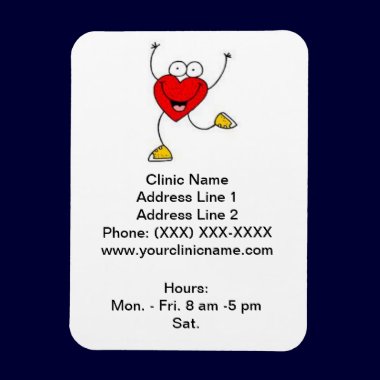


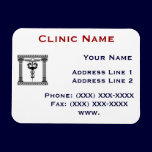

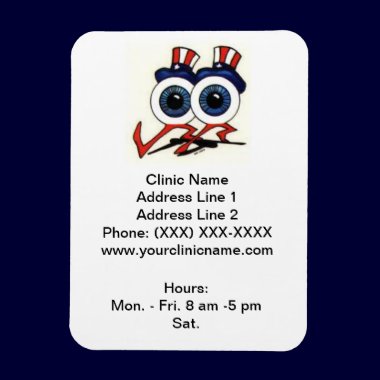

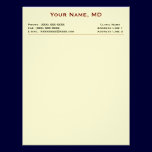


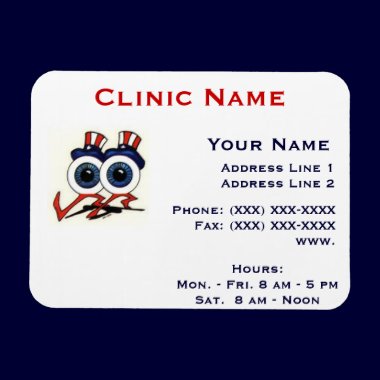
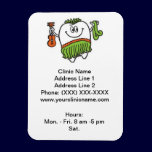









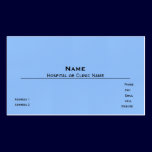
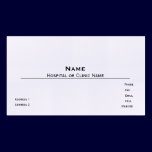
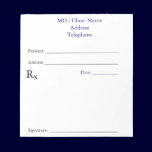
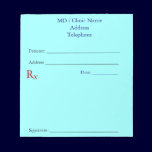
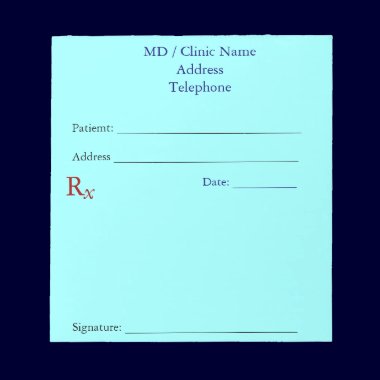
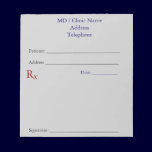
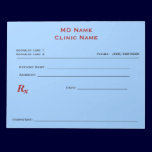
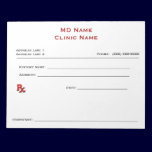









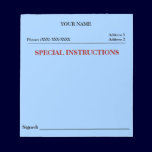

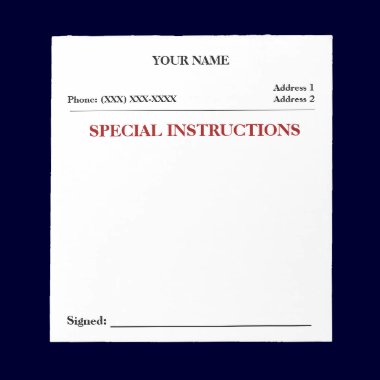

No comments:
Post a Comment